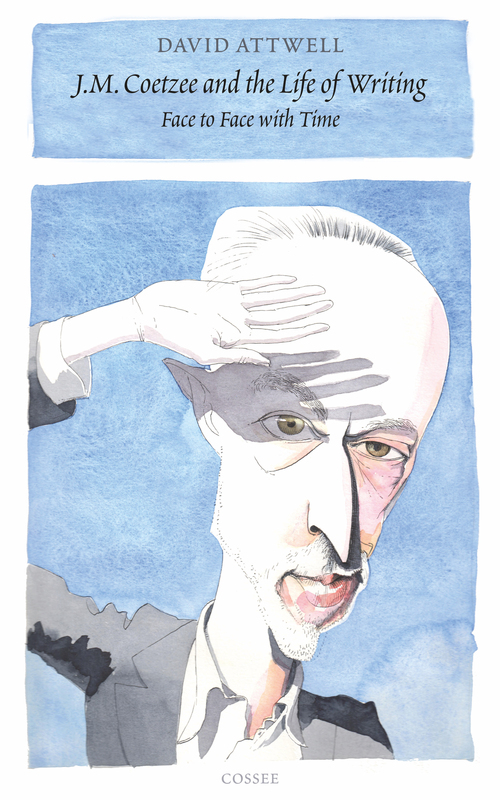
J. M. Coetzee is one of the most revered but elusive authors in world literature. In J.M. Coetzee and the Life of Writing, David Attwell gets closer to the genesis of Coetzee’s authorship than does any other study to date. Using the author’s papers housed at the Ransom Centre of the University of Texas at Austin, Attwell describes Coetzee’s often-surprising beginnings, and follows the development of his fiction through its idiosyncrasies and triumphs. This is an unusual critical biography, which tells a moving story about one of the most fascinating authors of our time.
The Life of Writing gives us a behind-the-scenes view of such literary masterpieces as Disgrace, Waiting for the Barbarians, and Life & Times of Michael K. By comparing J.M. Coetzee’s manuscripts at several stages of their development, we discover some of the magic wielded by one of the world’s most important contemporary writers. The Life of Writing is an essential study for all who have read and loved Coetzee’s novels, and provides a fascinating insight into the mind of the 2003 Nobel Prize winner.
Whereas J.C. Kannemeyer’s biography (J.M. Coetzee; A Life in Writing, 2012) concentrates on Coetzee’s life, David Attwell focuses on the relationship between the work and the author, as it emerges from the manuscripts and the published novels. Attwell discovers that Coetzee is a meticulous writer, rewriting almost every sentence, and not afraid to drastically alter storylines, settings, and perspectives. And although the finished novels are distant autobiographically from the author, Attwell finds that the start of every book is very personal.
We learn that Waiting for the Barbarians was originally set in Cape Town, that Michael K derives his initial from 18th-century German author Heinrich von Kleist, and that Coetzee wrote an unpublished novel called The Burning of the Books, in which he discussed the dilemmas of censorship. The Life of Writing is a unique book on the authorship of J.M. Coetzee that will appeal to his devoted readers, those who appreciate good literature, and writers who want to learn more about this fascinating creative process.